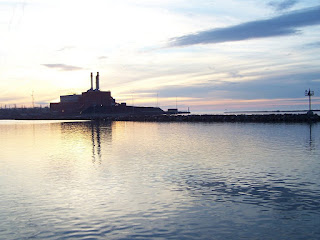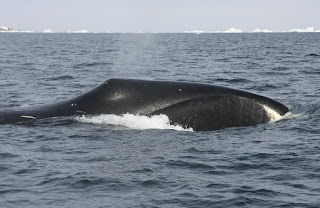Justices argument advantages and expenses of EPA mercury nuclear power plant guideline
The Supreme Court recently listened to dental disagreements in Michigan v EPA concerning "whether the Ecological Security Company unreasonably declined to think about expenses in identifying whether it's suitable to control dangerous air contaminants produced by electrical energies."
The policy being thought about is an essential component of the Obama administration's ecological program and would certainly need coal-fired nuclear power plant drivers to set up devices to decrease mercury and various other air contaminants.
Petitioners in the event, which were electrical energies and a number of specifies, suggested that the EPA acted incorrectly in establishing 2012 mercury and air toxics requirements (MATS). They suggested that the EPA approximated the policies would certainly accomplish fairly little reductions in mercury discharges, valued at as much as US$6 million annually, without evaluating those advantages versus expenses, which the EPA approximated at $9.6 billion annually.
Alasan Memilih Situs King88bet Judi Slot Terbaik
Area 112 of the Tidy Air Act guides the EPA to provide policies that are "suitable and required" to manage dangerous air contaminants, consisting of mercury. Therefore, one location of argument is whether a basic that imposes huge expenses about advantages is "suitable" under the implying of the law.
When and whether to determine expenses
In dental disagreements, justices showed up to be split on the situation.
Justice Scalia suggested that the legal call in the Tidy Air Act would certainly be meaningless if it didn't allow such factors to consider, and Principal Justice Roberts examined why the federal government had intentionally connected its hands by refusing to think about elements appropriate to the choice. Justice Breyer, whose composing has sustained the use benefit-cost evaluation in federal government policy, suggested that "you need to consider set you back someplace" however provided an unique concept that the EPA might think about expenses at a later on factor by developing sub-categories of conformity.
An associated subject of argument was the degree of the EPA's discernment, with the much a lot extra liberal justices suggesting that the Court ought to defer to the EPA's analysis of its law, under the developed "Chevron deference" concept. The liberal justices likewise directed to company representations that, while the guideline would certainly be among one of the most costly ever before provided, it would certainly offer yearly health and wellness advantages valued at as much as $90 billion annually, which "exceed its expenses by in between 3 to 1 or 9 to 1."



